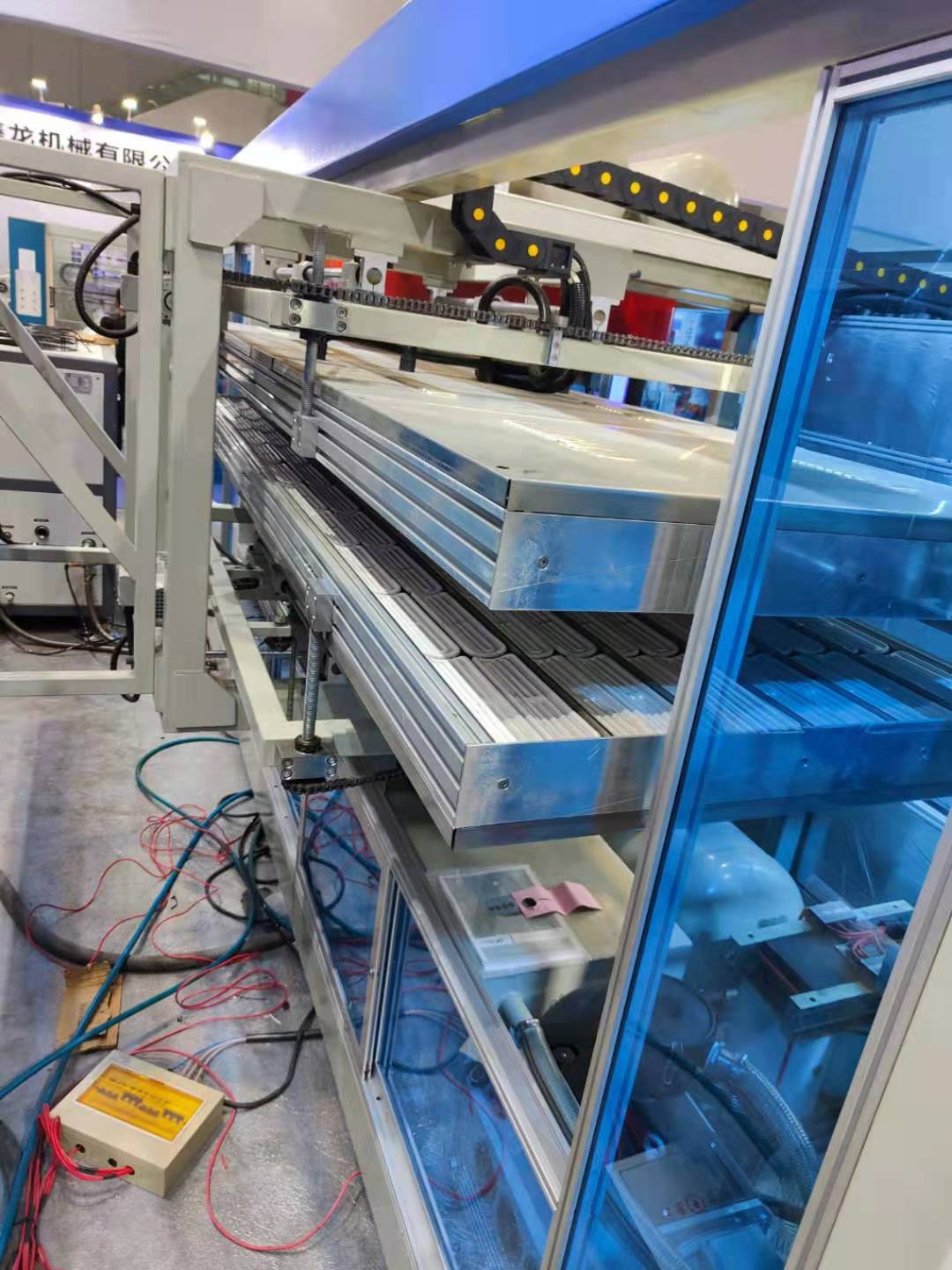LINPAC slashes carbon footprint even further forEPS packs
A major part of the work at St Helens - and throughout the group - is the company'scontinuous focus on improving the environmental performance of its products and services.Inthat context a recent programme of machinery refurbishment at LINPAC St Helens and at otherLINPAC group sites has ensured a world-first reduction in the energy cost of expanded polystyrene(EPS) packaging, thus slashing the carbon footprint of the products produced even further.
-
Won the Greatest Improvement Award at the British Factory of the Year Awards
LINPAC manufactures a variety of packaging solutions for the food service industry in St.Helens. The HotPac and EPS trays are lightweight and sturdy, maintain food temperature, control portion size, and are extremely lightweight; In fact, a package is 98 percent air. Still, LINPAC is not dead. The company is focused on improving the environmental performance of all its product lines and seeking to improve EPS extrusion and thermoforming processes to further reduce the carbon footprint of production processes.
Changed: From conventional heating to infrared heating
The carbon footprint of the production process has been reduced by upgrading selected thermoforming product lines from conventional heating systems to Ceramicx torabata heating systems. "Manufacturing process innovation is as important to us as product innovation," said Alan Davey, Director of innovation at LINPAC. EPS packaging is a fully tailored packaging solution and we are excited to further reduce LINPAC's environmental impact through these energy efficient technologies.

Infrared (IR) radiation is sometimes described as "matte sunlight." If it can be properly applied to heating, it can greatly improve the process precision and save energy.
In order to implement and validate the new infrared heating system, extensive research work was carried out before and during the StHelens upgrade process. The studies were commissioned by LINPAC from Ceramicx, an IR heating system supplier, and carried out at the St Helens facility by Dr Robin Kent of Tangram Technology, who measured detailed differences in thermal and energy performance between two identical thermoforming production lines.
The optimized IR system made from Ceramicx was compared with existing IR thermoforming production lines using the same moulds, products and cycle times. Both LINPAC lines manufacture identical EPS packaging products for the food industry.
Tests have shown that the average power consumption of Ceramicx IR heating system has been reduced from 56.16kw to 32.85kw, reducing energy consumption by [41.6%]. Data for direct comparison between the two oven systems are also obtained. The energy savings measured by the Ceramicx IR system was 45.8% due to the removal of the machine base load.
Tips
In fact, many times the transformation is not complicated, such as the example, is essentially infrared heating transformation. It is important to note that the main purpose of the retrofitting is to save energy, reduce the carbon footprint, and more importantly, make the heating system more reliable and stable, thus achieving a real improvement in the manufacturing process.
